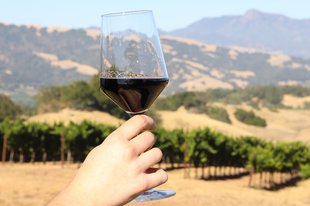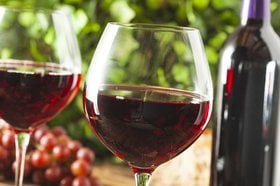101 Wine Definitions That Will Make You A Wine Pro
Don’t know your sparkling wine from Champagne? Or your decanter from your carafe?
There are hundreds of different wine terms, and if you’re an amateur wine enthusiast, they can be overwhelming.
Not to worry!
This article provides a comprehensive A-Z list of 101 different wine terms and wine definitions, including some fun facts about prestigious wine regions, terroirs, and winemaking practices.
Further reading
- Discover the Different Types of Wine - Red, White, Rose, Dessert, and Sparkling.
- Also, check out this helpful guide to Becoming a Wine Connisseur.
1. Wine Terms Beginning With A
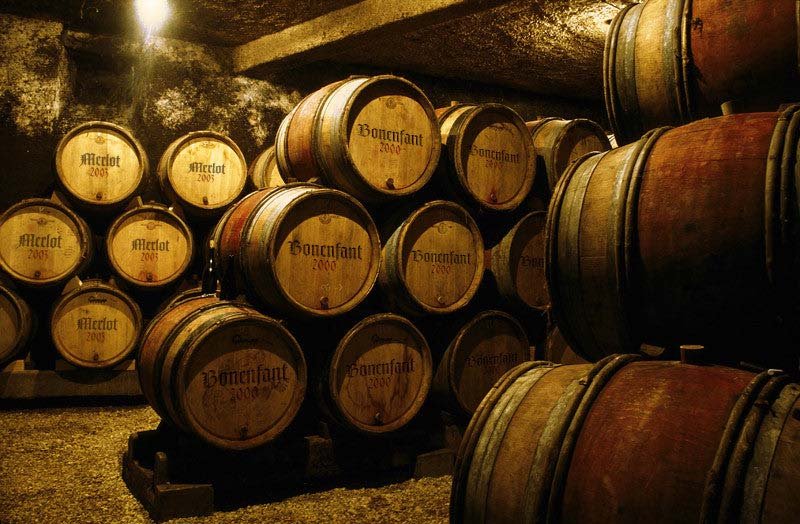
- ABV (Alcohol By Volume): It is a measure of the alcohol levels in an alcoholic beverage, denoted as a percentage.
- Acidity: Acidity refers tothe crisp, tart notes on the tongue when tasting wine. Notable acidic wines include Sauvignon Blanc, Pinot Gris, and Sangiovese.
- Aeration: It is the process of exposing wine to oxygen. It allows the wine to “breathe,” enhancing its aromatics and softening its taste.
- Aftertaste: Aftertaste is a tasting term for the flavor left on the palate after swallowing wine.
- Aging Barrel: Usually made from oak and kept in a wine cellar, an aging barrel is used to mature wine and provide oaky, aged notes.
- Appellation: This French term refers to a legally defined geographical area that identifies where wine grapes are grown.
- Appellation d’Origine (Appellation Of Origin): This is a certificate of authenticity awarded by the French government to protected wine regions.
- Aroma: The termaromarefers to the scent of wine, generally a young wine. The term “bouquet” describes the complex aroma of aged wine.
- AVA (American Viticultural Area): This is a status given to a designated American wine-growing area marked by its unique terroir and wines. For a wine label to say “AVA,” 85% of the fruit must come from an AVA designated appellation.
2. Wine Terms Beginning With B
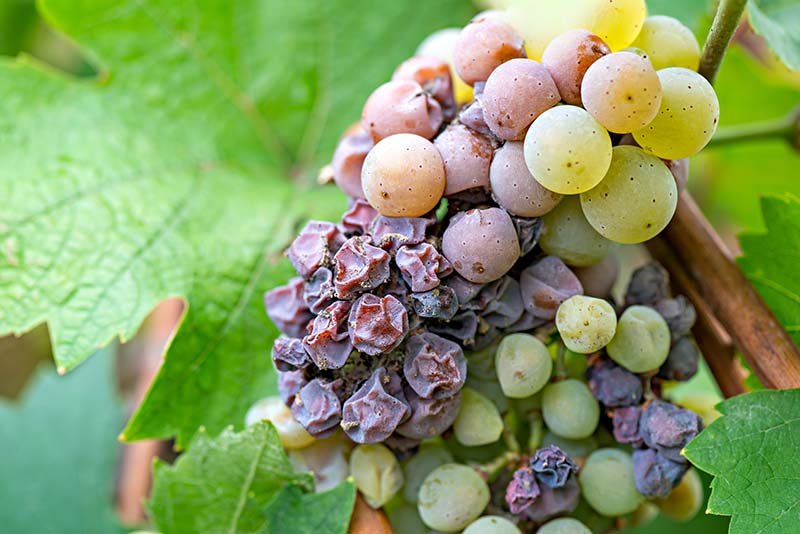
- Barrique: It is the French term for a 225-liter Bordeaux-style barrel used for aging wine.
- Biodynamic Wine: Biodynamic wine is produced according to the Biodynamic Farming and Gardening Association guidelines. Think holistic, ethically sourced, ecologically minded, and additive-free wines.
- Blending: Blending isthe mixing of different wine parcels or varietals to create the finished wine.
- Bodega: A Bodega is a Spanish wine cellar.
- Body: Also referred to as “mouthfeel,” body is used during wine tasting to describe the wine’s texture.
- Bordeaux: This is a prestigious French wine region famous for its world-renowned red wines predominantly made from Cabernet Sauvignon and Merlot. Bordeaux wine is one of the world’s most age-worthy and collectible reds.
- Botrytis Cinerea: It is a helpful mold that causes grapes to shrivel. Shriveling concentrates their sugars, allowing for the production of sweet wine like Sauternes.
- Botte: Botte is the Italian term for a wooden wine barrel.
- Bottle Shock: This termdescribes the temporarily subdued fruit flavors you notice in a freshly shipped wine. It usually occurs right after bottling or when a wine bottle shakes during transportation. So, let your shipped bottle rest for a few weeks before drinking.
- Brix: Brix is the scale to measure a wine’s sugar level. One degree Brix equals 1g sugar in 100g wine, and a table wine is between 19 and 25 oBrix.
- Brut: This isthe French term for dry wines, usually reserved for dry Champagne and sparkling wines.
- Burgundy: The Burgundy wine region lies in Eastern France and is famous for age-worthy Pinot Noir red wines and Chardonnay white wines.
3. Wine Terms Beginning With C

- Cabernet Sauvignon: Cabernet Sauvignon is the world’s most widely planted red wine grape variety that produces full-bodied wines with low acidity.
- Carafe: A carafe is a glass container with a flared lip used to serve wine.
- Cava: Cava is Spanish sparkling wine produced using the “Methode Champenoise.”
- Champagne: This is a sparkling wine made in the Champagne region of France. It is usually a blend of Pinot Noir, Chardonnay, and Pinot Meunier.
- Chaptalization: It isthe process of adding sugar to wine before fermentation to add sweetness and increase its ABV levels.
- Chardonnay: Chardonnay is a slightly acidic white wine grape used to make delicious varietal and sparkling wines.
- Chenin Blanc: Chenin Blanc is a white grape variety with high acidity used to make varietal wine and blended wines. It is generally grown in France’s Loire Valley.
- Cork Taint: Cork taint is a term used to describe a wine fault caused by a mold that grows on bleached wine corks. It gives the wine a musty aroma and taste.
4. Wine Terms Beginning With D
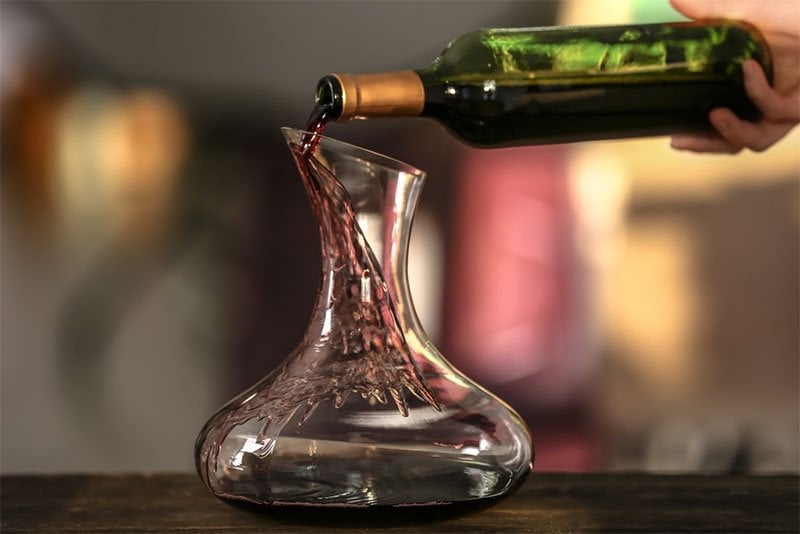
- Decant: Decanting is transferring the wine from the wine bottle to a decanter for aeration and removing the excess sediment. This process benefits full-bodied wines like Cabernet Sauvignon the most.
- Dessert Wine: It is a sweet wine typically paired with dessert and served in small dessert wine glasses. Popular dessert wines include Port, Moscato, and sweet Sherry.
- Dry: Dry isa tasting term describing a puckering sensation in the mouth. It is usually used on a wine label to describe the wine’s minimal sweetness.
5. Wine Terms Beginning With E

- Earthy: This is a tasting note or aroma reminiscent of damp soil.
- Extract: Extract refers tothe solids in a wine, such as sediments and tannins. Generally, it refers to everything that is not water, sugar, alcohol, or acidity.
6. Wine Terms Beginning With F
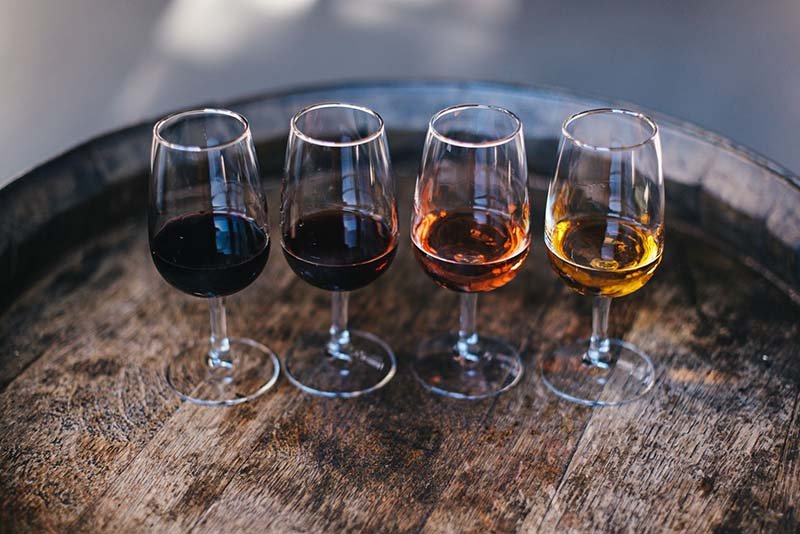
- Fattoria: It is an Italian term for wine farm.
- Fermentation: Fermentation is the process of converting grape sugar present in the grape juice into alcohol and carbon dioxide. Grape juice turns into wine via the fermentation process.
- Fermentazione Naturale: It is the Italian term for a naturally sparkling wine.
- Fine Wine: Fine wine is much more nuanced and complex than table wine and is the highest quality wine category. Only a fraction of all wines produced are fine wines.
- Flagon: A flagon is a metal or ceramic vessel used to hold 2 liters of wine.
- Fortified Wine: Afortified wine like Sherry has added alcohol, usually hard liquor like brandy. The added alcohol stops fermentation and stabilizes the wine, making it last longer.
- Fruit Wine: This is an alcoholic beverage made from fermented fruit other than grapes. Fruit wines may have additional honey or sugar. Examples include plum wine, cherry wine, and pomegranate wine.
7. Wine Terms Beginning With G

- Gamay: Gamay isa popular red grape varietal believed to originate in Gamay, France. Gamay wine (like Beaujolais Nouveau) is light-bodied with high acidity.
- Gran Reserva: Gran Reserva is a Spanish wine term used to define the aging regulations for Spanish wines. A red Gran Reserva must be aged five years and spend at least 18 months in an oak barrel. A white must age for a minimum of four years and spend at least six months in oak barrels.
- Grand Cru: This isthe French term for a vineyard or “great growth.” The term also refers to designated Grand Cru vineyards in Burgundy.
- Grape Juice: This isthe pressed juice from grapes, also known as unfermented wine.
- Grenache: Grenache isa red wine grape variety from Rhone Valley that produces high alcohol and medium acidity wines. It is also grown in Spain, Italy, and South Africa.
8. Wine Terms Beginning With I
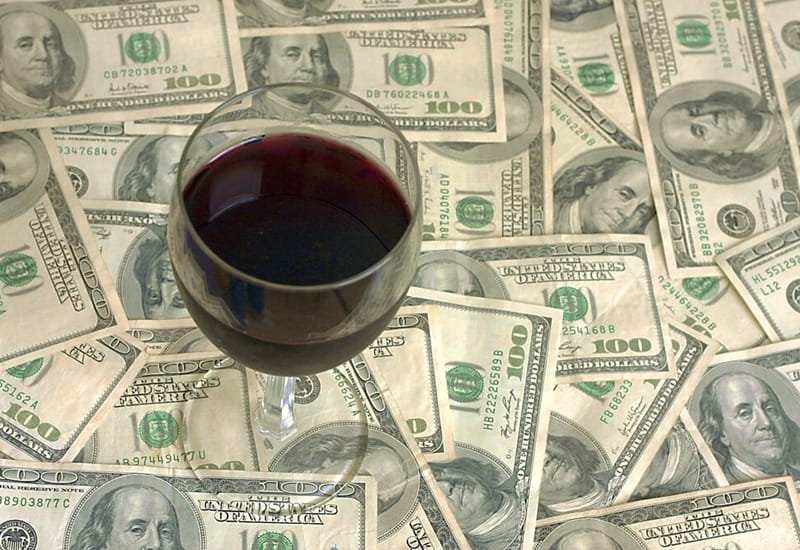
- International Variety: This refers to grape varieties grown in almost every major wine region globally. Some examples include Cabernet Sauvignon, Sauvignon Blanc, Chardonnay, and Merlot.
- Investment Wine: This is wine purchased with the intent to resell at a higher price in the future. A wine’s value often increases as time passes and consumption limits supply, meaning access to good wine becomes increasingly tricky.
A wine investment partner like Vinovest can help you easily select, buy, store, and sell rare and authentic wine from around the world.
9. Wine Terms Beginning With L
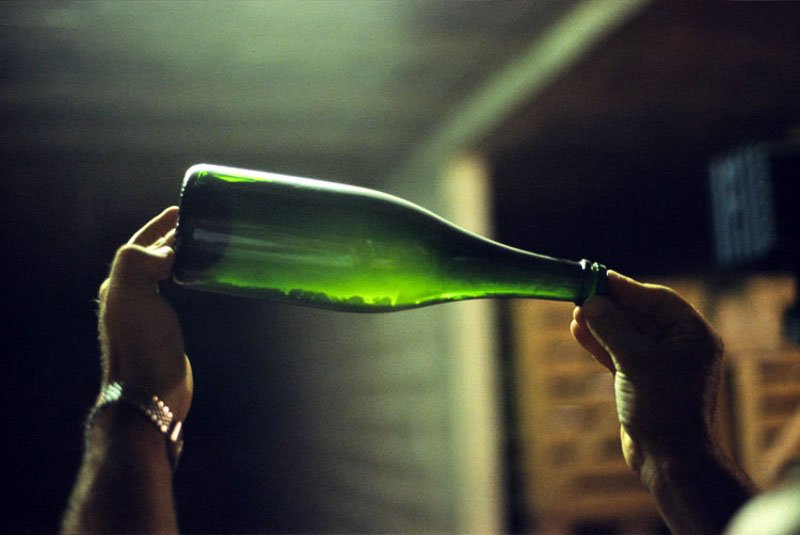
- Lees: It refers to the sediment left in the wine by dead yeast after fermentation.
- Legs: This term describes the drops of wine that run down the sides of a wine glass. A wine with higher alcohol content has denser legs. Sweet wine is generally more viscous, and the legs tend to run slower.
- Length: It is a widely used tasting term referring to how long a wine’s flavor persists in the mouth.
- Lie: Lie is the French term for “lees.”
- Loire: The Loire is a river in central France as well as a prestigious wine region known for Sauvignon Blanc and Chenin Blanc wines.
10. Wine Terms Beginning With M
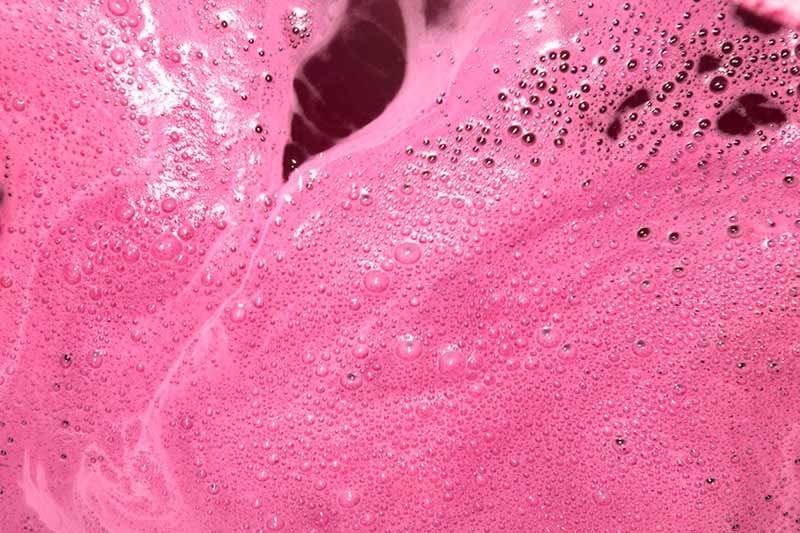
- Magnum: It is a large wine bottle that holds 1.5 liters of wine.
- Malbec: This is a hearty red wine grape and is enormously popular in South America. Malbec wines are dark, full-bodied, and exhibit rich dark fruit flavors.
- Malolactic Fermentation: Malolactic fermentation, sometimes called “secondary fermentation,” is the process of converting the sharp malic acid to the more palatable lactic acid. It adds a buttery flavor and texture to the wine.
- May Wine: May wine is a light German wine with sweet woodruff and strawberry flavor.
- Mid Palate: This tasting termrefers to the wine’s weight, acidity, and flavors perceived before swallowing.
- Must: Must isunfermented grape juice, skins, stems, and seeds.
11. Wine Terms Beginning With N

- Natural Wine: Natural wine has no artificial preservatives or synthetic ingredients.
- Nebuchadnezzar: This is a large wine bottle holding 15 liters of wine - equivalent to 20 regular wine bottles.
- Negociant: This is the French term for a wine trader who buys grapes, grape juice, or wines and creates a finished wine to sell under their name.
- New World: It is a term used to describe wines that are not from traditional European wine-growing regions. Famous New World regions include Australia, California, Chile, South Africa, and New Zealand.
- Noble Rot: It is a fungal disease caused by Botrytis Cinerea mold, common in high humidity areas. Noble rot is often required to make sweet white wines and is usually considered a flaw in red grapes.
- Nose: This term refers to the scent, aroma, or bouquet of a wine.
12. Wine Terms Beginning With O

- Oenology: Oenology, sometimes called “Enology,” is wine education or the study of aspects of wine and wine making.
- Oenophile: An oenophile is a wine connoisseur.
- Off-Dry: This is a tasting term referring to a slightly sweet wine in which residual sugar is minutely present.
- Old World: It is a term denoting traditional European wine-growing regions, like France, Italy, and Spain. It’s also associated with minimal intervention in winemaking which itself is an Old World tradition.
- Organic Wine: Generally denoted on the wine label, organically grown grapes produce organic wine. This means the grapes are grown without the use of pesticides, herbicides, or synthetic ingredients.
- Organoleptic: It is a tasting term for anything in wine perceived by the senses, such as taste, aroma, and mouthfeel.
- Oxidized Wines: A common wine fault, where exposure to oxygen can cause the alcohol in wine to turn into acetic acid. Oxidation commonly occurs when a cork dries, allowing oxygen into the wine bottle. Oxidized white wine can be identified by its brown color and cider-like aroma, while oxidized reds turn brick orange in color and have flat flavors.
13. Wine Terms Beginning With P
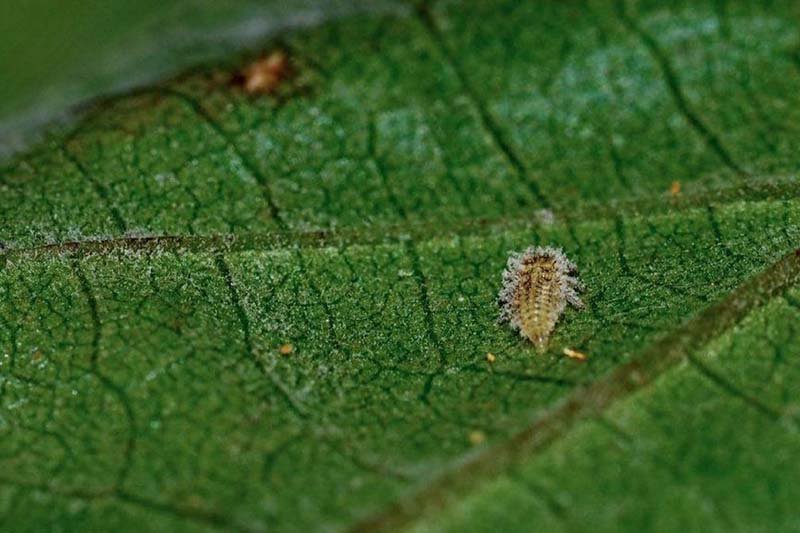
- Phylloxera: Phylloxera is a microscopic insect that attacks the roots and leaves of grapevines.
- Pinot Blanc: This is a white wine grape popular in France, Germany, and Italy. It has green grape skin and naturally high acidity.
- Pinot Grigio: Known as Pinot Gris in France, this is a grayish-purple wine grape that produces refreshing white wine.
- Pinot Noir: Pinot Noir is the flagship red grape of Champagne, Burgundy, and Oregon. Pinot Noir wine is dry, light- to medium-bodied with bright acidity.
- Pinotage: Pinotage is a hybrid between the Cinsault and Pinot Noir, originating in South Africa. Pinotage red wine has a bold character and jammy fruit flavor.
- Port: Port is a sweet fortified wine made from grapes grown in Douro, Portugal. This wine is fortified with distilled grape spirits to increase the alcohol content, stop fermentation, and boost sugar levels.
- Press: Apress is a machine that extracts the grape juice from grapes before fermentation.
14. Wine Terms Beginning With R
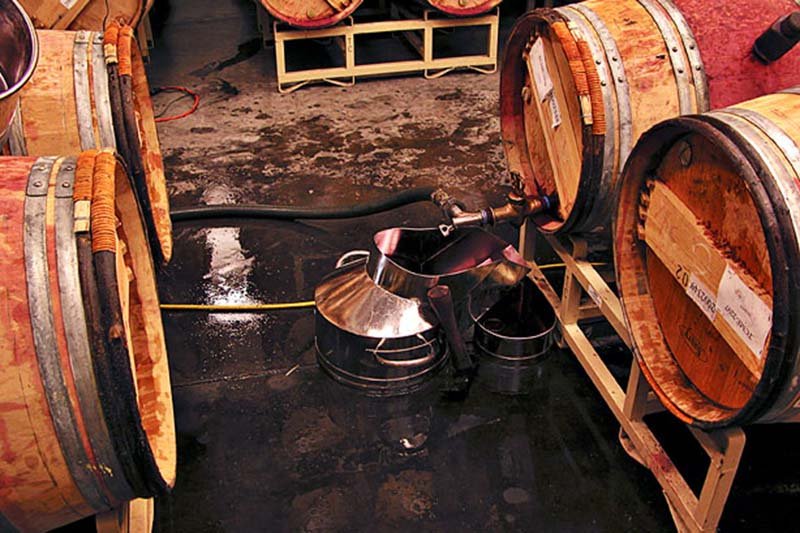
- Racking: Racking is the extraction of sediment by moving wine from one barrel to another barrel.
- Recioto: Recioto is a sweet Italian red wine made from the Passito grape.
- Residual Sugar: This is the sugar remaining in a finished wine after fermentation. The acronym “RS” on a wine label denotes residual sugar.
- Riesling: Riesling is a white wine grape variety most widely grown in Germany. The Riesling grape produces dry, off-dry, and sweet wines.
- Rose Wines: These are pink-colored wines made by shortening the contact period between grape juice and red wine grape skins. Often, white wine is blended with red wine to create a Rose wine.
15. Wine Terms Beginning With S

- Sauvignon Blanc: This is a white wine grape planted worldwide with a bright green grape skin. Sauvignon Blanc wine is dry and slightly acidic with a medium alcohol percentage.
- Sommelier: A sommelier is a certified wine professional that sometimes works as a wine butler.
- Sparkling Wine: Sparkling wine is bubbly or effervescent wine with a significant amount of carbon dioxide.
- Split: This is a wine bottle that holds approximately six ounces or a single serving of wine.
- Spumante: This is the Italian term for fully-sparkling wine made using any wine production method like the Champagne method or the Martinotti-Charmat method.
- Sulfites: Sulfites are naturally occurring compounds found in various foods and drinks, including wine. Sometimes sulfites are created artificially to prevent the growth of yeast and bacteria, which could ruin the flavor of a wine. Sulfites can be an allergen, and that’s why a wine label indicates their presence.
16. Wine Terms Beginning With T
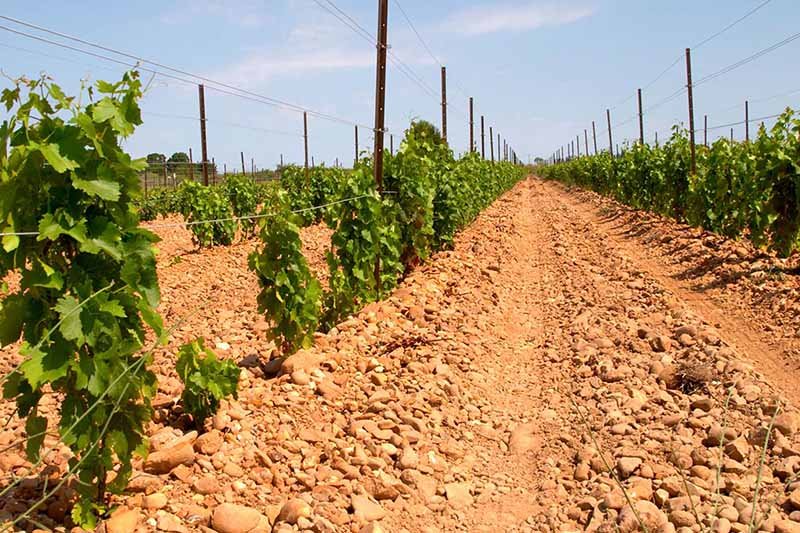
- Table Wine: Table wine refers toeveryday wine of decent quality. Table wine also refers to affordable wines that are not sparkling or fortified.
- Tannins: Tannins are naturally occurring compounds in grape skins that give the wine a dry, bitter flavor. Tannins are more prevalent in reds like Cabernet Sauvignon and Nebbiolo than in white wines.
- Terroir: This is a wine term describing the soil, climate, topography, and entire natural environment in which a particular wine is produced. The terroir can give the wine a distinct, irreplicable flavor.
17. Wine Terms Beginning With U
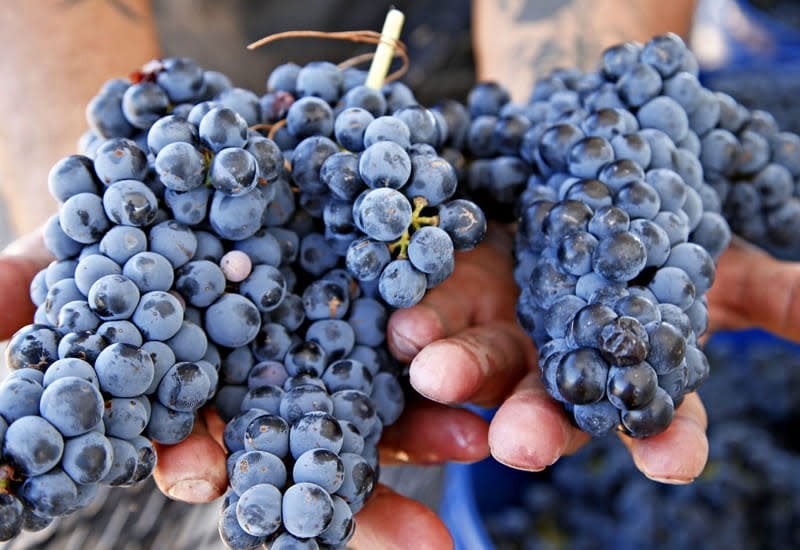
- Uva: It is the Italian term for a wine grape.
18. Wine Terms Beginning With V

- Varietal: This is another term for grape variety. Examples include Cabernet Sauvignon, Chardonnay, and Sauvignon Blanc.
- Vin Santo: It is a sweet wine from Tuscany made from late-harvest Trebbiano and Malvasia grapes.
- Vintage: The vintage is found on the wine label and denotes the harvesting year.
- Vivace: It’s the Italian term for “lively” generally used to describe sparkling wine.
19. Wine Terms Beginning With W
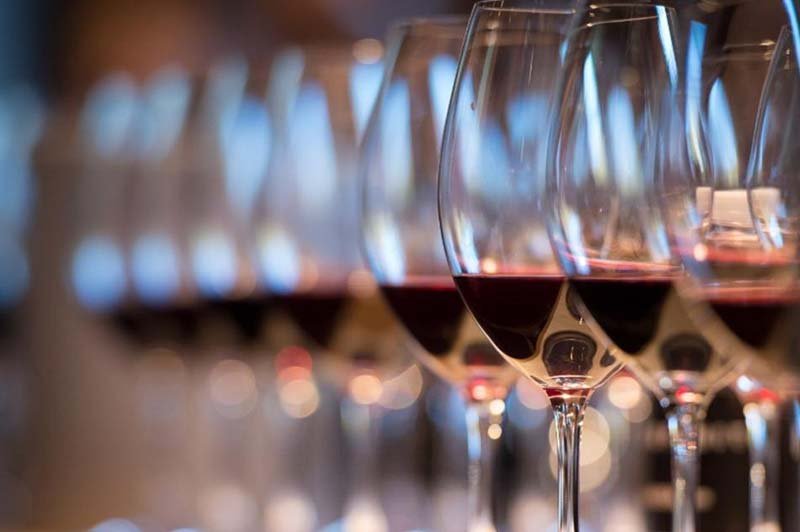
- Wine Tasting: Wine tasting is the sensory evaluation of wine involving taste, aroma, mouthfeel, and color.
20. Wine Terms Beginning With Y

- Yeast: It is a microorganism that eats sugar and turns grape juice into wine during fermentation.
21. Wine Terms Beginning With Z
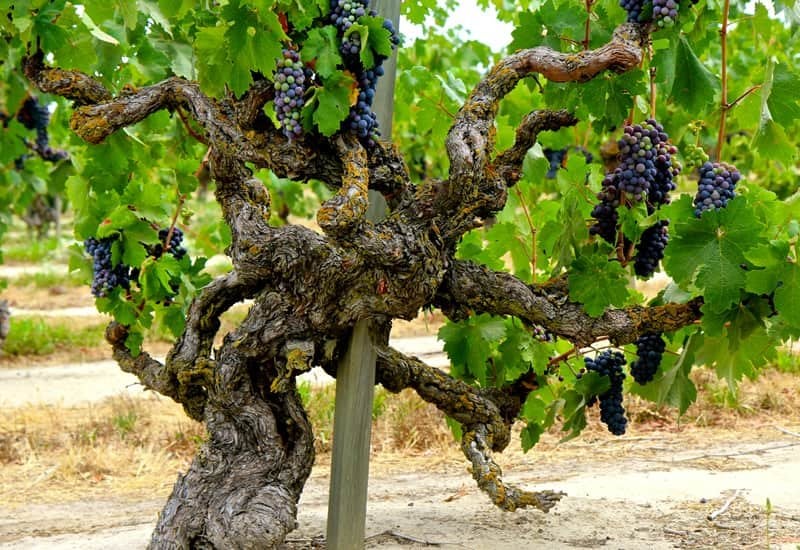
- Zinfandel: It is a red wine grape varietal used to make red, rose, and even white wines. It is extremely popular in California.
- Zymology: It is the science of wine fermentation.
Now that you’re equipped with the different wine terms, you can use the wine terminology and go from being a wine spectator to a wine appreciator.
Besides being a pro in wine terms, why not build a collection of wines from the best regions and producers?
Partner up with Vinovest and build a portfolio of investment-worthy wines from around the globe.
